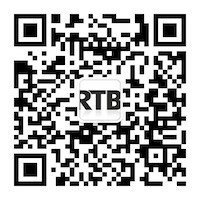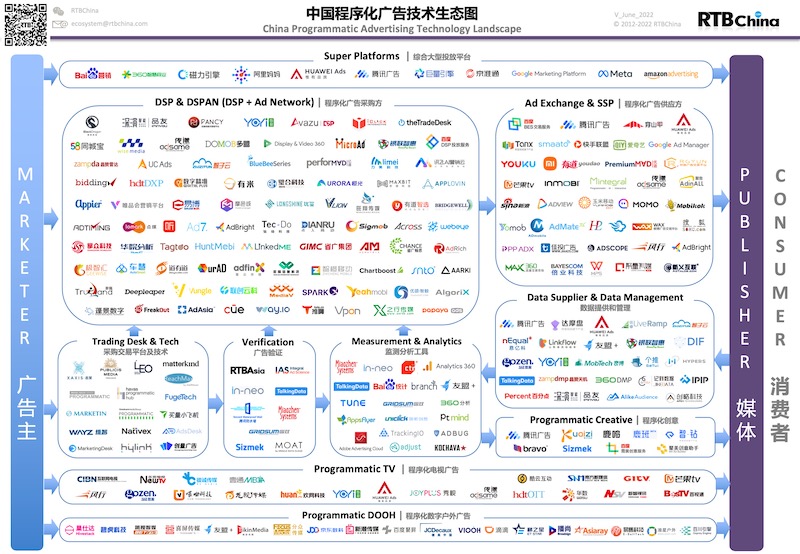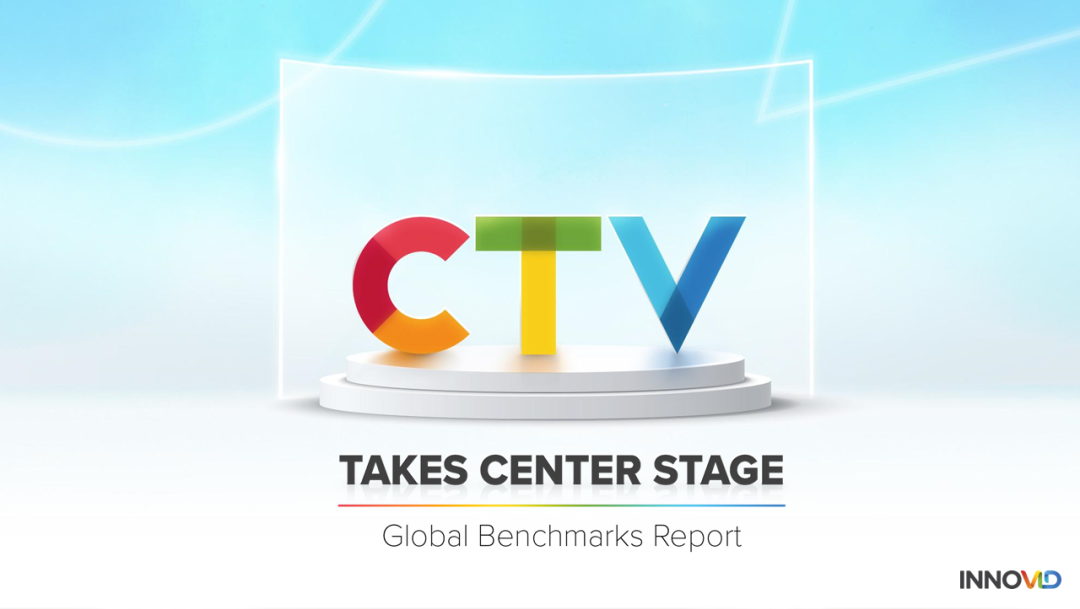 BCG合伙人深入浅出解析广告行业数据生态体系有关话题。(转载自Adexchanger.com)
BCG合伙人深入浅出解析广告行业数据生态体系有关话题。(转载自Adexchanger.com)
Ed Busby is Partner at Boston Consulting Group. He is finishing up a study on data strategy in the digital media space and presented some his findings at the BlueKai Summit in New York City.
AdExchanger.com: How do you break the data ecosystem down -and in layman’s terms?
EB: We think about the various services in “stacks” based on the role they play in the process of using the data.
- At the base we have the raw data itself which we break down into its various components.
- Above that, we have the “marketplace” for the buying and selling of data including the aggregators and exchanges.
- Next we have analytic services that use that data including various ways of targeting specific users.
- Above that we have “data management,” systems that allow marketers to manage all the different types of data. The systems often include some of the analytic functionalities as well.
- Finally we have the ad placement functions that match ads with appropriate content as well as performance tracking of those advertisements.
Going in, did you realize the complexity of the data ad ecosystem? Any surprises overall?
We did realize that the ecosystem was highly complex, but what was surprising was the dynamic nature of the marketplace. New services seem to be appearing almost daily while existing players are expanding into adjacent spaces. I suspect that this level of dynamism will only increase as we see an expansion in the use of different types of data in new and exciting applications, particularly in the mobile world.
How are cultural views impacting the use of online data and how do you see this playing out?
Two cultural issues in particular are impacting the use of online data. The first is clearly privacy. Unfortunately there is a wide gap between perception and reality in the current debate about the use of online data and the evolution of the regulatory environment. What has (pleasantly) surprised us in discussions with the industry is how concerned everyone in the ecosystem is about protecting personal information. If we contrast that with other advertising ecosystems such as the direct mail industry, it is striking how conservative the online data industry has actually been.
The second big cultural issue impacting online data is the set of processes related to the traditional advertising ecosystem. There is still a wide gap between the “technorati” and the ad agencies. The “technorati” have developed incredible technology which they have very successfully leveraged in the context of digital advertising. However, they have yet to reach the true potential of the technology either by using the data for traditional media buying or to reallocate traditional media spend to digital. The chief barrier is the lack of understanding of how the traditional media planning and buying processes have evolved, rightly or wrongly, over the past fifty years.
What’s your take on valuation of online data today? For example, some on the buy-side look at third-party data as over-priced, while publishers think their data is undervalued.
Omar Tawakal, CEO of BlueKai, put it best when he said that the biggest battle confronting the industry (perhaps apart from privacy) is whether data is expensive or free. This is not only a problem being faced with regard to user data, where it could be argued that the industry has allowed data to be priced too cheaply. The reality is that we have seen pressure on raw data in several industries as the raw data is often given away in exchange for higher value added analytic services. For example, in the offline market research world, Nielsen and IRI even went so far as to merge together their (formerly) proprietary household panels, a clear acknowledgement that raw data was not likely to be the source of competitive advantage in the future.
We would expect to see a similar evolution in the user data industry as well. The good news is that there is a wealth of analytic services that can be built around this data and we have only yet seen the tip of the iceberg. The challenge for those with the data is to “go north” and build out those analytics where the value will be created.
The other thing to remember is that there is a direct link between the price of data and the CPMs of the media to which it is applied. Ad networks typically face a choice – either narrowly target a campaign or “spray and pray” — buy very broad reach with the hopes that you will hit your target audience. As CPMs in display decline, the “spray and pray” option becomes more attractive thereby putting pressure on user data prices.
Who’s ahead on data strategy today? Marketers, agencies or publishers?
For sure there are some great companies out there on all sides of the industry, but I don’t think anybody has taken a clear lead in the race as of yet. The ad networks and agencies have historically fueled a lot of the buying as the shift to “click to action” campaigns demanded more targeted buys. Many publishers have been reticent to get into the game because of privacy concerns. For marketers, it has been a “Tale of Two Cities.” First you have those with direct consumer contact who have a wealth of information but often find it fragmented and difficult to manage. Then you have the companies that sell through retailers and other intermediaries who have no real “first party” data themselves.
More broadly speaking, we are only at the infancy of the evolution of user data. I would say that user data, by and large, is being used more as a tactical rather than a strategic weapon. User data should be more at the center of how companies think about their consumer segments and marketing strategies. In the future we will also see the data being applied to a much broader range of media — traditional, digital, mobile and even cross platform.
Do you see the machinations of online media and the appending of data coming to the world of TV soon? Is addressable media ever going to arrive in TV?
That is a hard question to answer. You are already seeing the beginnings of that with folks like Visible World testing addressable TV technologies leveraging third party user data. However, technology is only half the battle. The real test as to whether addressable media will work is going to depend on whether the media planning, buying and measurement processes, which have been so embedded in the traditional advertising ecosystem, can themselves be addressed. Unfortunately, I think it is going to take a long time for the processes to catch up to the technology.
By John Ebbert
 RTBChina
RTBChina





